- Blogs
- Insulation For Campervans
Insulation For Campervans

A cosy tent in the woods may look picture-perfect, but there is nothing like enjoying nature from your own home, i.e a campervan, is your own home on wheels. A Campervan sure equals freedom and savings but to make your journeying more comfortable, you must insulate the campervan if you are refurbing one yourself.
In this blog, we will discuss all about campervan insulation. We will look into the benefits of van insulation and the different materials used to insulate campervans. We will weigh the pros and cons of each and pick out the best insulation for campervans. We will also try to answer some of the most pressing questions on campervan insulation and discuss the installation process. Let's get started!
Why insulate a campervan?
One of the primary reasons to insulate a campervan is to increase comfort for its occupants.
Some other benefits include:
1. Easy Temperature Maintenance: By insulating a campervan, you ensure that the indoors remain cooler in summer and warm in winter. It is much easier to control the temperature inside the van when it is insulated.
2. Energy Savings: Insulation equals energy savings meaning you spend less on heating or cooling the van.
3. Avoids Condensation: Insulation, along with proper ventilation, ensures that the campervan remains free from condensation or wetness. This is critical as condensation on the metal can lead to rust a mould on upholstery.
4. Protection against harsh weather: Insulation protects you from unwanted temperature extremes.
5. Soundproofs van: Insulation soundproofs the van, so you can hear your loved ones talking rather than the vibrations of the van, traffic noise or noisy neighbours on campsites.
What should you look for when insulating your campervan?
There are many traditional and modern insulating materials available in the market that can be used to insulate campervans. Choices can be overwhelming, so we have put forth a few pointers that can help you choose the best insulating material for your campervan.
1. K-Value: Lower K-value equals better insulating properties. Since the van has limited space, you must consider the K-value of the insulating materials. Choose the insulating material that can give you maximum insulation in a lesser area.
2. Insulation that can withstand vibrations: You will probably be on the road, most of the time, so vibrations from movement will be quite common. Not all insulation materials can stand to withstand vibrations.
3. Moisture-resistant: The confined space in a van makes it impossible to control moisture. So the insulating material either should be mould resistant or impermeable to moisture.
4. Non-Toxic: You really would not want your motor home to be filled with dangerous gases or insulation fibres that cause irritation or allergies.
Of course- the budget: Keep an eye out for the insulating material that tick marks all the above points and fits right into your budget as well.
Pros and cons of materials used to insulate campervan:
1. Fibreglass Insulation:
Fibreglass is the most commonly used insulating material. The yellow glass mineral wool is commonly used to insulate lofts, walls and even pipes. Loft insulation rolls made of fibreglass can be used to insulate campervans.
These insulation rolls are generally pre-cut and can be easily put in awkward places that are otherwise difficult to insulate. Insulation rolls are available in varying sizes to fit your needs. Fibreglass provides effective sound insulation. It is cost-effective and almost always available.
Fibreglass insulation offers little resistance to moisture, so an additional vapour barrier must be utilised if you are using fibreglass to insulate campervans. Also, microscopic shards of glass can be released into the air, decreasing indoor air quality. The tiny glass pieces may also cause or irritate your skin as well as respiratory problems. Fibreglass insulation is therefore not a very good choice for insulating a campervan.
2. Sheep Wool:
Sheep wool insulation is a better alternative compared to fibreglass insulation rolls. It is environmentally friendly and easy to work with. Sheep wool insulation is perfect to insulate awkward and tight spaces in a van.
However, much like fibreglass insulation, if they get wet, they will eventually cause the vehicle to rust. So you must use a vapour barrier or reflective insulation roll if you pick sheep wool insulation. They are a bit costlier compared to fibreglass insulation and also can be a bit smelly.
3. Polystyrene boards:
Foam insulation boards both EPS and XPS can be used to insulate campervans. They are cost-effective, plus well known for their insulation effectiveness.
EPS is cheaper compared to XPS. It contains many tiny air gaps that restrict heat loss. EPS insulation can easily insulate the awkward corners of the van.
EPS insulation is usually moisture-resistant, but if moisture gets into its fabric, its insulation effectiveness will reduce. Another negative aspect of using EPS boards for campervans, they will not be able to withstand vibrations like PIR or XPS insulation.
XPS insulation is known for its higher compressive strength and excellent insulating properties. This makes it ideal to insulate the floor of the campervan.
However, since the XPS boards are quite rigid, installing the insulation might not be an easy task. It is not environmentally friendly when compared to PIR boards.
4. PIR Insulation Boards:
Rigid PIR boards can be used to insulate campervans. The foam boards have foil-facings on one side, which works as a vapour barrier. PIR insulation boards have excellent insulation properties. They are environmentally friendly and do not emit any dangerous gases. PIR boards also take up less space compared to Insulation slabs or rolls.
At Buy Insulation Online, we store PIR boards from top brands like Celotex, IKO and Xtratherm.
PIR boards are also cost-effective, though not as much compared to EPS and XPS boards. Since they are quite rigid, it may not be easy to insulate the awkward places in the van using PIR The process of installation is likely to generate a lot of waste.
5. Spray Foam Insulation:
Spray foam insulation gives you the highest R-value among the products discussed above. It is easier to fill the nooks and crannies of the van using spray-foam insulation. It is resistant to moisture and forms an impermeable vapour barrier that protects the metal surfaces of the van from rusting due to condensation. It also has excellent soundproofing properties.
On the other hand, spray foam insulation can be quite expensive. Installation can be messy, time-consuming and definitely not a DIY task. Also, the installation has to be carried out perfectly to yield the maximum benefits
6. Foil Insulation:
It is probably one of the best types of insulation for campervan. Foil insulation rolls save space and protect the campervans from heat loss through all three modes of heat transfer. They do not release harmful gases or fibres, so the indoor air quality improves with foil insulation. They can easily insulate the awkward spaces in the van.
Foil insulation roll can be quite expensive, especially if you are on a limited budget.
Let us look into some of the most frequently asked questions relating to campervan Insulation:
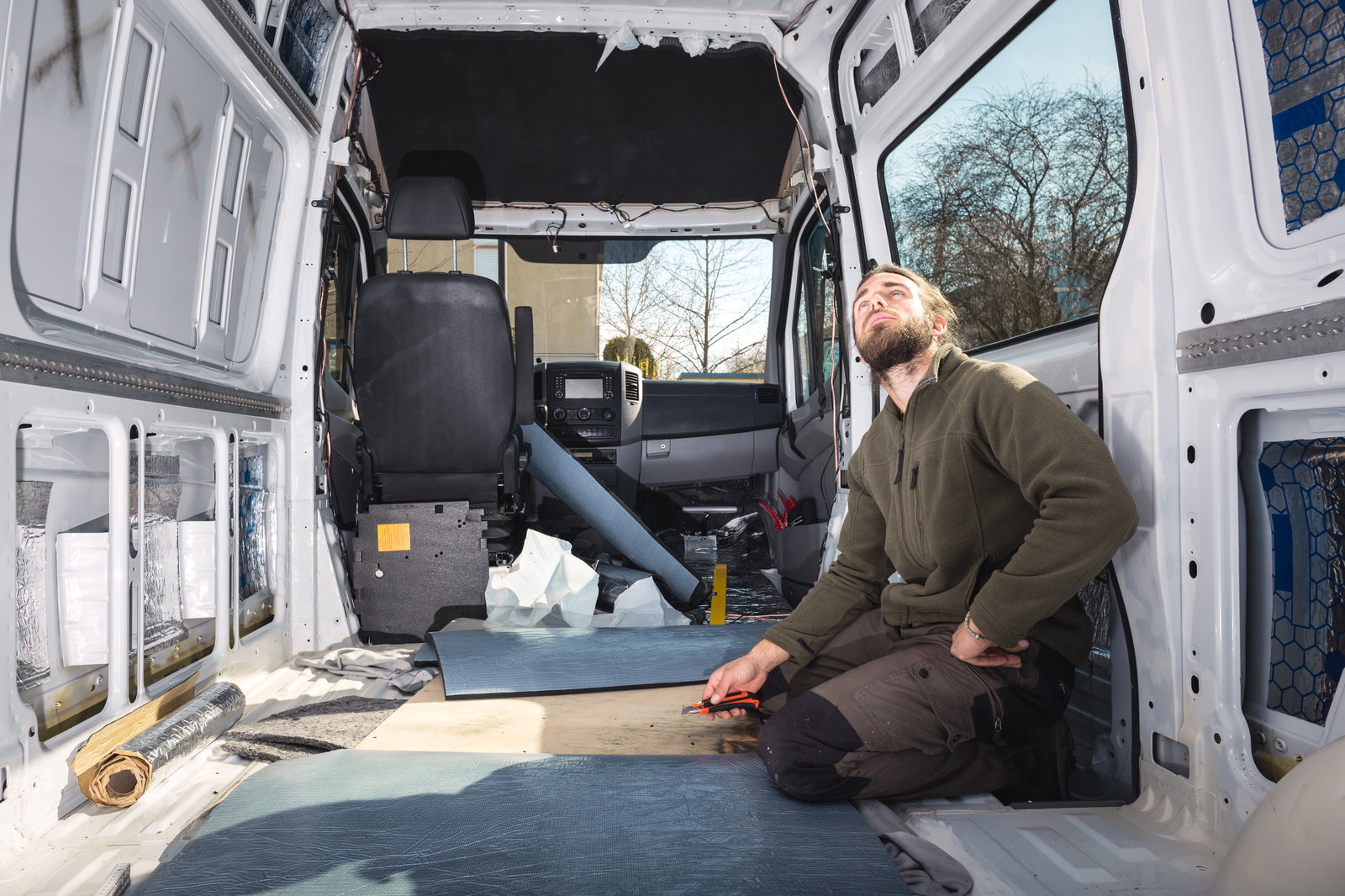 Where to insulate in a campervan?
Where to insulate in a campervan?
The most obvious places to insulate would be the floor, sidewall and roof. Start by insulating ones with a large surface area. It's also a good idea to insulate the door panels. For hard-to-reach areas, self-adhesive insulation strips and foil insulation tapes can be used; especially on the sides of the window and doors. If you like to enjoy the view through your window, you can have a window opening on the insulation and insulate the windows using window insulation mats.
How do you stop condensation in campervans?
Since campervan is a very confined space, it becomes impossible to prevent moisture build-up in them. The use of kettles, stoves and even breathing adds to the moisture build-up. Condensation is mostly seen towards the outer panels of a campervan as the temperature difference is biggest here.
Ensure you have proper ventilation to prevent condensation. Open a window, use an electric dehumidifier and do not dry your laundry inside the campervan. By lowering thermal bridging in the van, you can lessen the likelihood of moisture or condensation accumulating in the vehicle or behind the ply lining panels.
Is it worth insulating a campervan?
In short, Yes! Campervan insulation is a worthy investment. The cost of insulation is recouped in a couple of years. The insulation ensures that you have a comfortable holiday, which is basically the point of buying a campervan.
Should I use a vapour barrier?
While moisture-resistant insulating materials should do the trick, to limit the possibility of moisture seeping into the panels, we recommend the use of a vapour barrier in a campervan.
How can a soundproof a campervan?
In a campervan, you can experience many types of sounds- vibrations due to travelling, airborne noise, traffic sounds, people talking etc. So it would be best to use a combination of sound-deadening materials and insulation to soundproof vans.
To decrease resonance use a sound deadening mat on the metal body panels in the roof and walls of the van. You can also add sound-deadening mats to the floors. You can then use foam insulation or rigid foam boards to insulate the camper.
How to insulate a campervan?
It is of utmost importance that you insulate a van and have proper ventilation in place. Not only will it make journeys more comfortable, but will also help avoid condensation, which can lead to rust. Below are the steps to insulate the campervan using foil insulation rolls. Installation is an easy process, however, we recommend that you contact a certified installer if you are not a competent DIYer.
Campervan insulation will usually have the following components;
- The bare metal body of the van
- Foil Insulation
- Vapour barrier if needed
- Plywood panels as well as rugs, and finishings.
Process of installation:
Remove all of the van's fixtures and furniture. Dismantle van wall panels. It goes without saying that you have to keep all the screws and fasteners in a safe place, as you will need to re-install them. Tape the foil insulation into place, using foil tapes, creating a tight seal and taping around corners, protrusions and wheel arches. Re-install the van panels and secure them using the screws and fasteners. Use plywood to carve out any new panels if need be and secure them with screws as well. Replace carpets and other fixtures for the finishing.
In Conclusion:
Nothing relaxes you more than nature and holidaying in a campervan is probably the best way to enjoy nature. We recommend foil insulation rolls to insulate campervans. It increases floor space and does so much more than just insulating the campers. However, you can also consult a professional and explore all the options available to find the best fit for you.
For multi foil insulation rolls to insulate campervans visit Buy Insulation Online. We store foil insulation rolls from Actis and Superfoil at a low cost. Our massive range of insulation supplies also includes acoustic insulation range, loft insulation rolls, pipe lagging, valve jackets and much more. We also plant three trees for every order placed online, making you carbon positive for life!

Samuel Hitch
Managing Director
Buy Insulation Online.
Leave A Reply
Your feedback is greatly appreciated, please comment on our content below. Your email address will not be published. Required fields are marked *














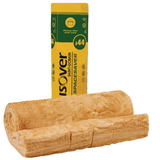
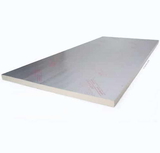
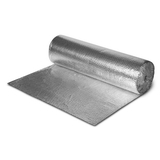
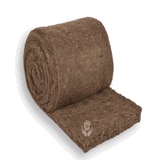
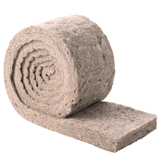
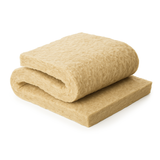
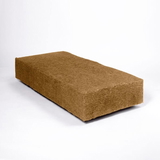
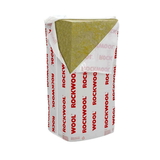








































































































































































































































































































































































































































1 Comments
ranger van shelving
Thanks for sharing such great information. It is really helpful to me. I always search to read the quality content and finally I found your post. Keep it up, keep posting!